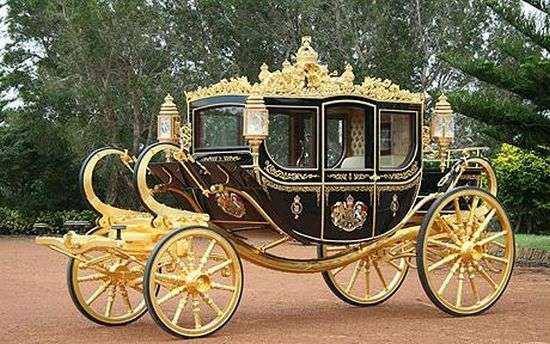Full Pane: Stagecoach in St. Johann (Germany, Saarland 1950)
Stagecoach in St. Johann (Germany, Saarland 1950)
23 April (Germany, Saarland ) within release Stampexhibition IBASA goes into circulation Full Pane Stagecoach in St. Johann face value 10*(15+5) French franc
| Full Pane Stagecoach in St. Johann in catalogues | |
|---|---|
| Michel: | Mi: DE-SL 291KB |
Full Pane is square format.
Also in the issue Stampexhibition IBASA:
- Full Pane - Stagecoach in St. Johann face value 10*(15+5);
- Gutter Pairs - Stagecoach in St. Johann face value 2*(15+5);
Full Pane Stagecoach in St. Johann it reflects the thematic directions:
A carriage is a two- or four-wheeled horse-drawn vehicle for passengers. Second-hand private carriages were common public transport, the equivalent of modern cars used as taxis. Carriage suspensions are by leather strapping or, on those made in recent centuries, steel springs. Two-wheeled carriages are usually owner-driven.
The horse (Equus ferus caballus) is one of two extant subspecies of Equus ferus. It is an odd-toed ungulate mammal belonging to the taxonomic family Equidae. The horse has evolved over the past 45 to 55 million years from a small multi-toed creature, Eohippus, into the large, single-toed animal of today. Humans began to domesticate horses around 4000 BC, and their domestication is believed to have been widespread by 3000 BC. Horses in the subspecies caballus are domesticated, although some domesticated populations live in the wild as feral horses. These feral populations are not true wild horses, as this term is used to describe horses that have never been domesticated, such as the endangered Przewalski's horse, a separate subspecies, and the only remaining true wild horse. There is an extensive, specialized vocabulary used to describe equine-related concepts, covering everything from anatomy to life stages, size, colors, markings, breeds, locomotion, and behavior.

